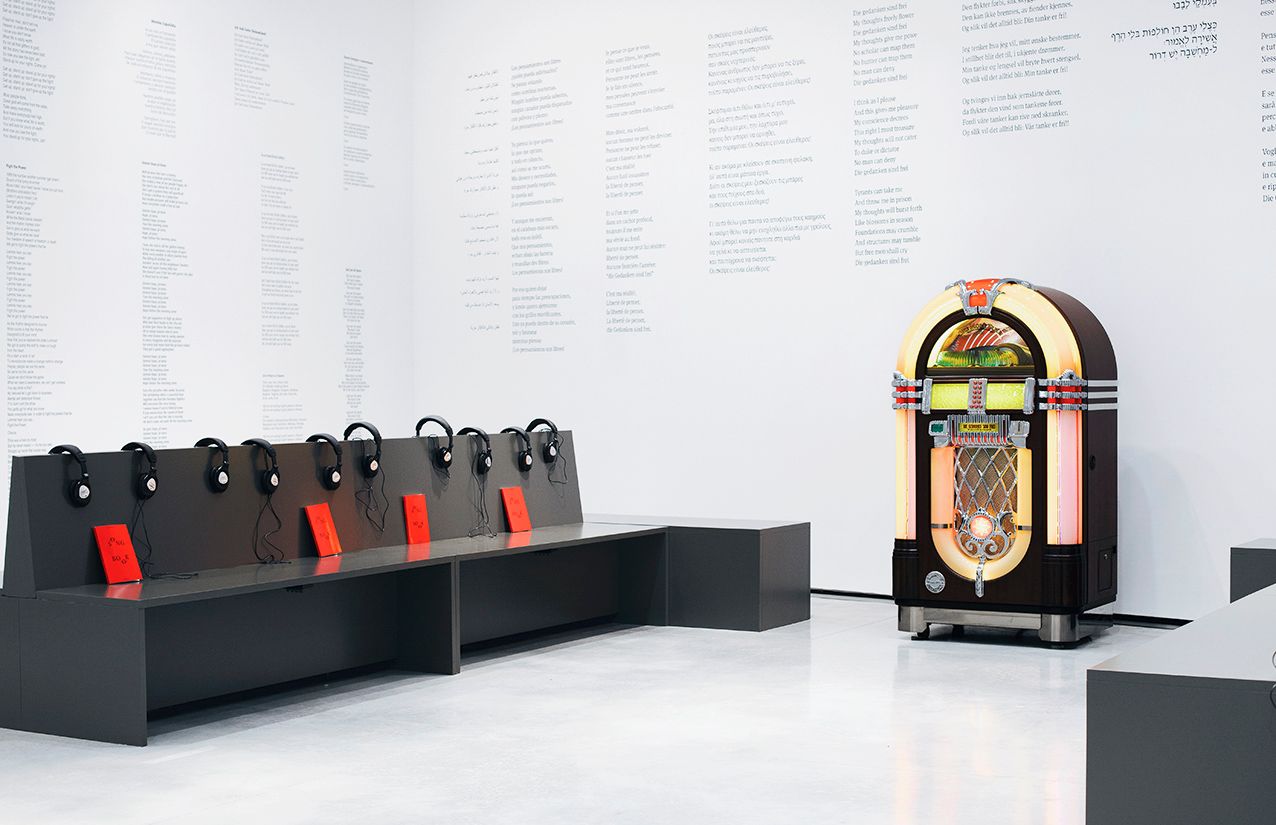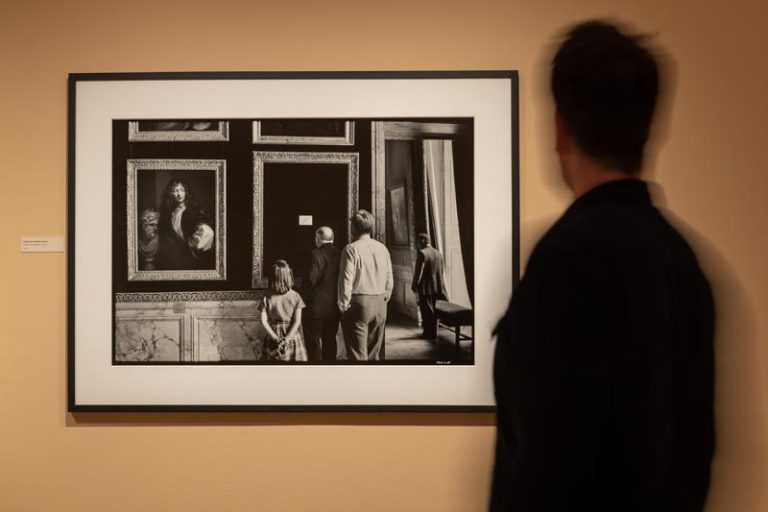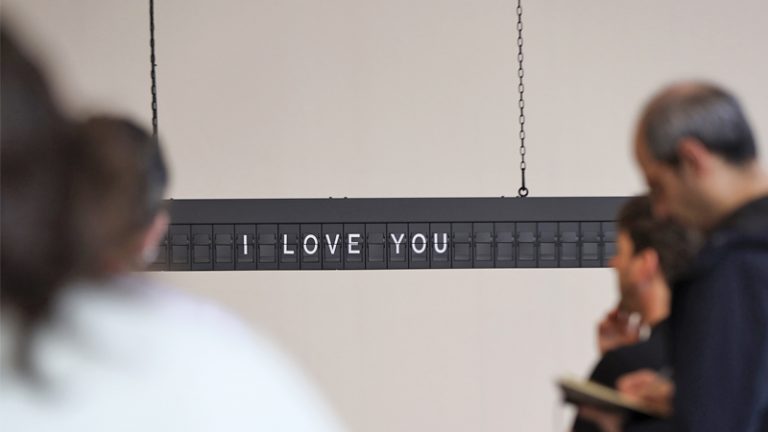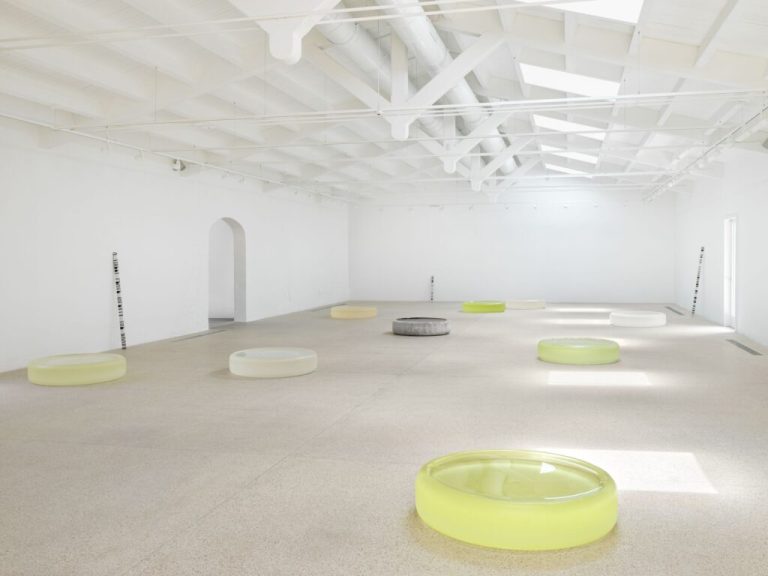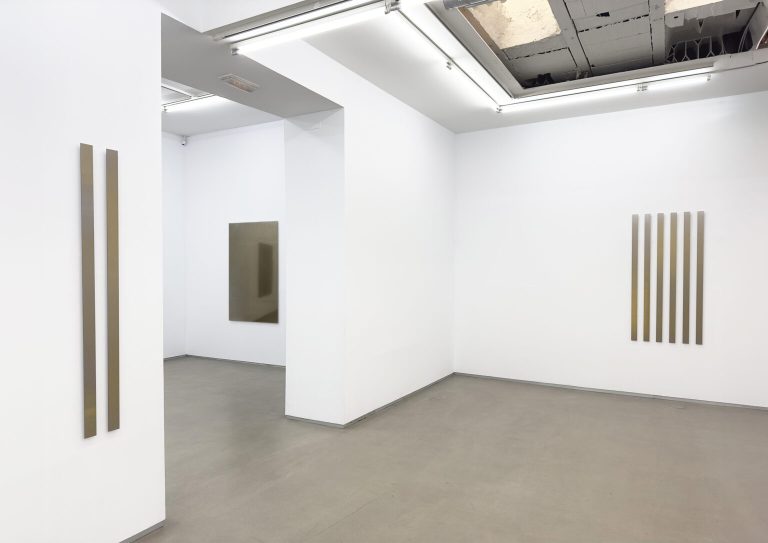Caceres,
Born in Florida in 1940, Susan Hiller trained in Massachusetts and New Orleans before moving, in 1969, to London, where she began her artistic career and where she exhibited for the first time in 1973. It was in Great Britain where she showed the greatest number of his production until his death five years ago, highlighting the exhibitions given to him by the ICA in London in 1986, the Tate Liverpool in 1996 and BALTIC in 2004; We are referring to installations made in mixed techniques and videographic projections in which she expressed her dreams and memories and explored the background of her supernatural phenomena. Although her works came to take many different forms, they always derived from a similar process of collecting and cataloging cultural artifacts and experiences and sought to highlight the subjectivity of perception and imagination.
In collaboration with the Lisson Gallery and curated by Andrew Price, the Helga de Alvear Museum in Cáceres is dedicating the exhibition “A lo desconocida” to her from today. This exhibition serves as a reminder of the artist’s belief that there are realities that our mental configuration prevents us from perceiving, and for which our language also finds no words, but also exceptional ruptures that allow certain individuals to approach them. Throughout her career, Hiller wanted to investigate that which escapes our rationality, that which lies beyond what we can know; this is the substratum of the paintings, sculptures, photographs, videos and installations that we can now see in this space: they refer to the possibility of extrasensory perception, to the practices of automatic writing (with intentions far from the surrealist), to different traditions of dream interpretation or to certain collective practices aimed at bringing out the subconscious and unconscious.
Hiller, in fact, does not intend to either confirm or deny the validity of this type of phenomenon, but rather presents these actions to the public as facts that occur and that would reveal that not only what we are capable of understanding – rationalizing – is what exists and, above all, that mystery, the inaccessible, also has a weight in anyone’s life. Above all, he is interested in the unknown and towards it he derived works that were neither colorful nor expressive, often minimalist and serial. He adopted the challenge of approaching the theoretically priceless as a commitment: I am committed to working with what I call ghosts, that is, with cultural debris, fragments and things that are invisible to most people but intensely important to a few: situations, ideas and experiences that haunt us collectively.
Part of this exhibition is his installation from the Helga de Alvear Collection: Die Gedanken sind frei (Thoughts are free) It is inspired by a traditional German song that has its origins in the 16th century but that, at different times, has been used as an anthem against censorship; Hiller wanted to achieve a sculptural representation of a hundred popular songs that, in different languages (up to a hundred), were related to episodes of political or social protest. We will find them gathered in a jukebox and we will be able to choose which one to listen to, depending on our political sympathies or historical interests.

What can be considered his fundamental work has also arrived in Cáceres: Dedicated to unknown artists. It is the result of his classification, in the mid-seventies, of hundreds of old postcards that reflected waves crashing against the British coast; She presents them to us as domestic versions of the imposing natures of the romantic artists, also treating these images as unrecognized artistic pieces, normally the result of the work of anonymous authors (women), who added colors through the brush. Some time later, she would acquire Hiller other postcards of emboldened seas (Addendum), taking them as studies of the invisible and as manifestations of our ambivalent gaze – between seduction and fear – towards wild nature.
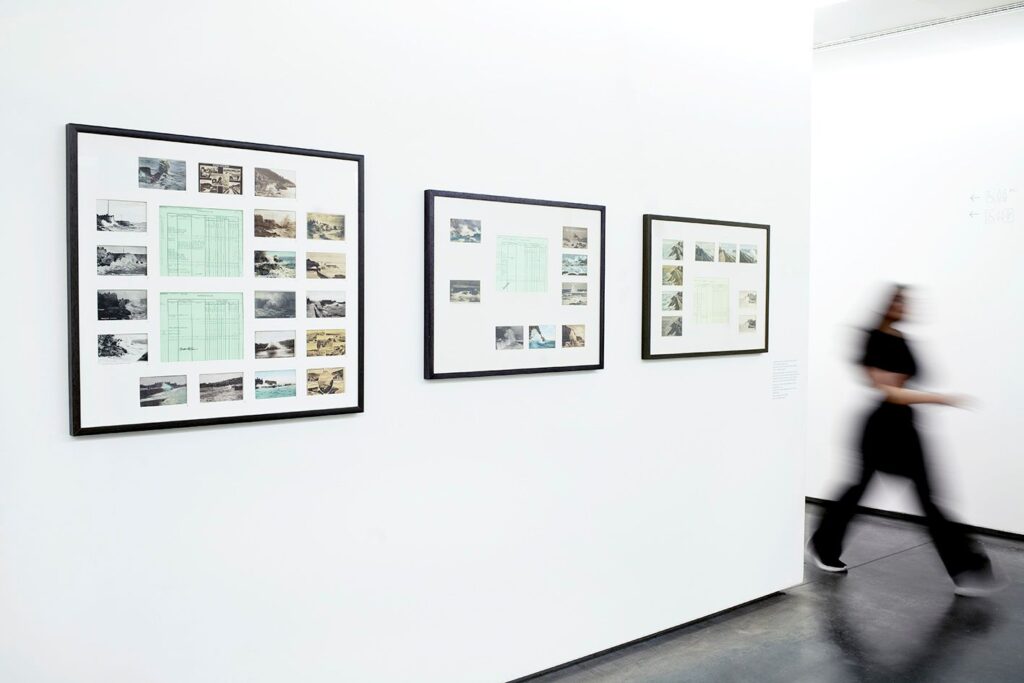
Under the influence of Fluxus and the surrealists, and also of feminism and anthropology (a discipline she studied), the American author devised projects posed as collaborative investigations by groups of people around dreams, telepathy, automatism and aura: Draw Together (1972), Dream Mapping (1974) and What I See (the Aura Series) (1975). The fruits of these activities, in the form of documentation, are displayed here framed alongside his investigations into automatic writing, following Draw Together: Present in spiritualism first and in various psychological techniques later, the artist used it to delve into the limits of language and multiple identities; she also paid homage to Gertrude Stein, who wrote about automatism and altered states of consciousness. We will also contemplate little-known paintings, photographs and sculptures from the eighties created from these theoretically free strokes, and in her case increasingly closer to drawing.
It also dates from that decade Balthazar’s Feasta set of television monitors with flickering flames and a multi-layered soundtrack that Hiller cobbled together from newspaper articles about ghostly apparitions and her son’s recollections of the Rembrandt work of the same name. In the twenty years between 1997 and 2017 she would continue to immerse herself in the extraterrestrial: she made the series From India to the Planet Mars, a compilation of automatic writings and drawings that had been developed by mediums, friends, poets, and artists; also herself; In Cáceres we will see them as photographic negatives mounted in light boxes, referring to the illumination of the unconscious.
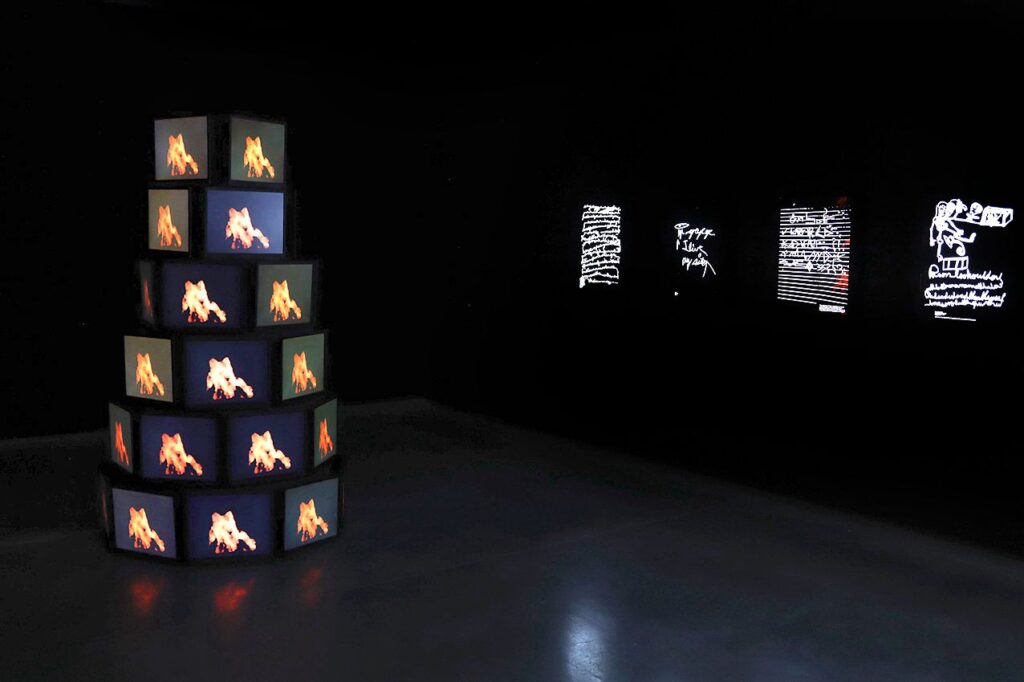
From the darkness, impossible-to-decipher signs that come to meet us in the installation also seem to emerge. Journey to the land of the Tarahumaras (2007), inspired by Artaud’s hallucinations and the mysterious symbols that, on her travels, the American artist has found chiseled in rocks; starting from them she has analyzed vestiges, fragments and lost meanings.
The installation is disturbing Psi Girls from 1999, composed of fragments of films, each one bathed in a color, starring girls capable of moving objects with their minds, while Levitations contains a tribute to Yves Klein and his Jump into the voidbased on images of other challenges to gravity. One of his latest series, Vaporsconsists of photos in which, once developed, strange mists were found and, finally, Auras is inspired by the Portrait of Dr. R. Dumouchel by Duchamp. It features portraits taken from the network of people enveloped in those lights, not equated here with ghostly signs, but with metaphors for the true self in the digital age.

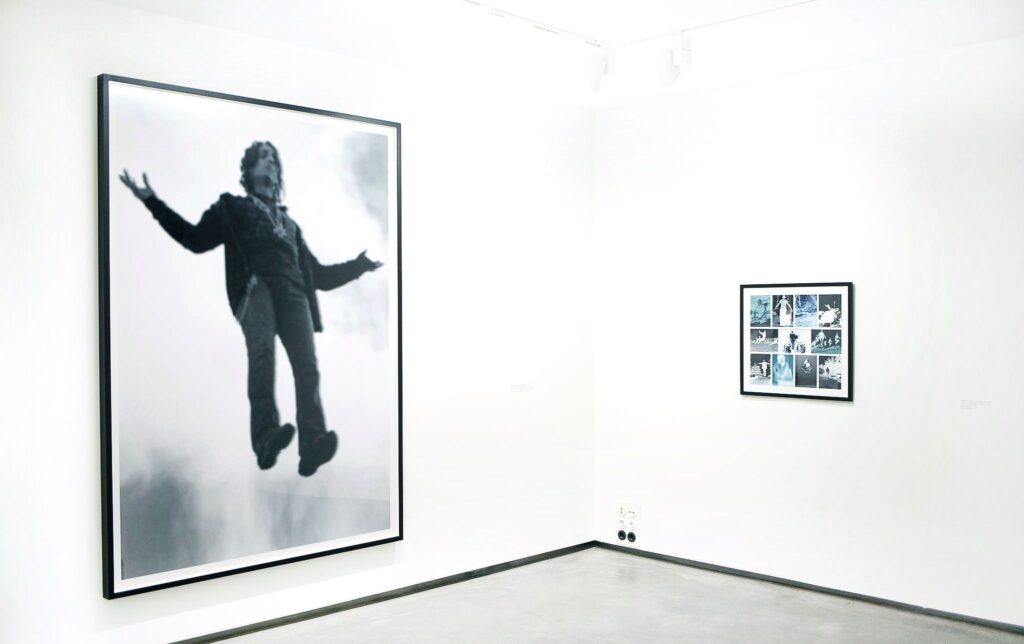
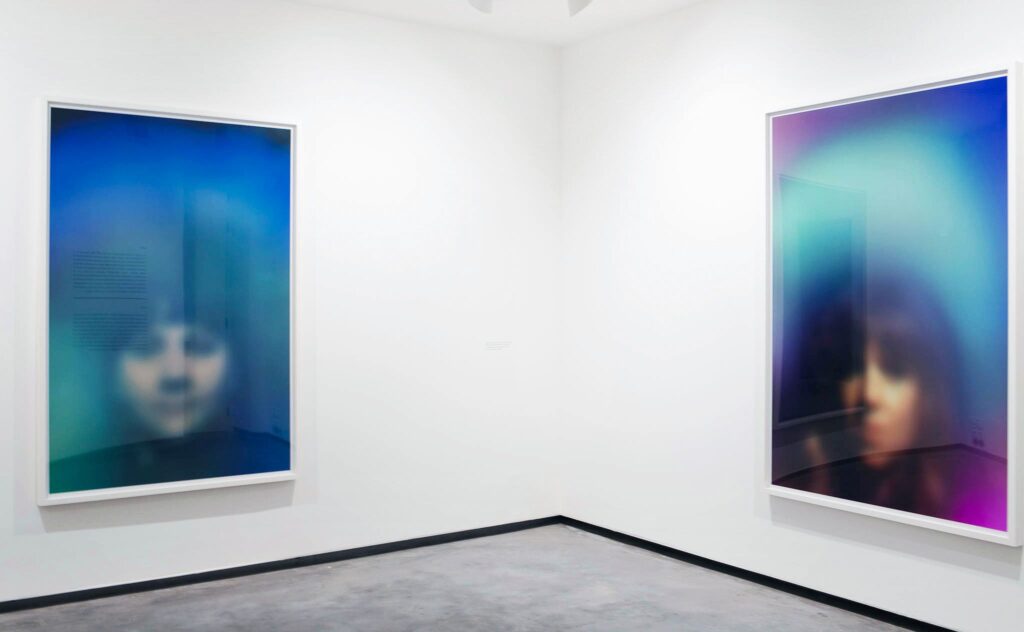
Susan Hiller. “Dedicated to the Unknown”
HELGA DE ALVEAR MUSEUM
C/ Pizarro, 10
Caceres
From June 28 to October 20, 2024

